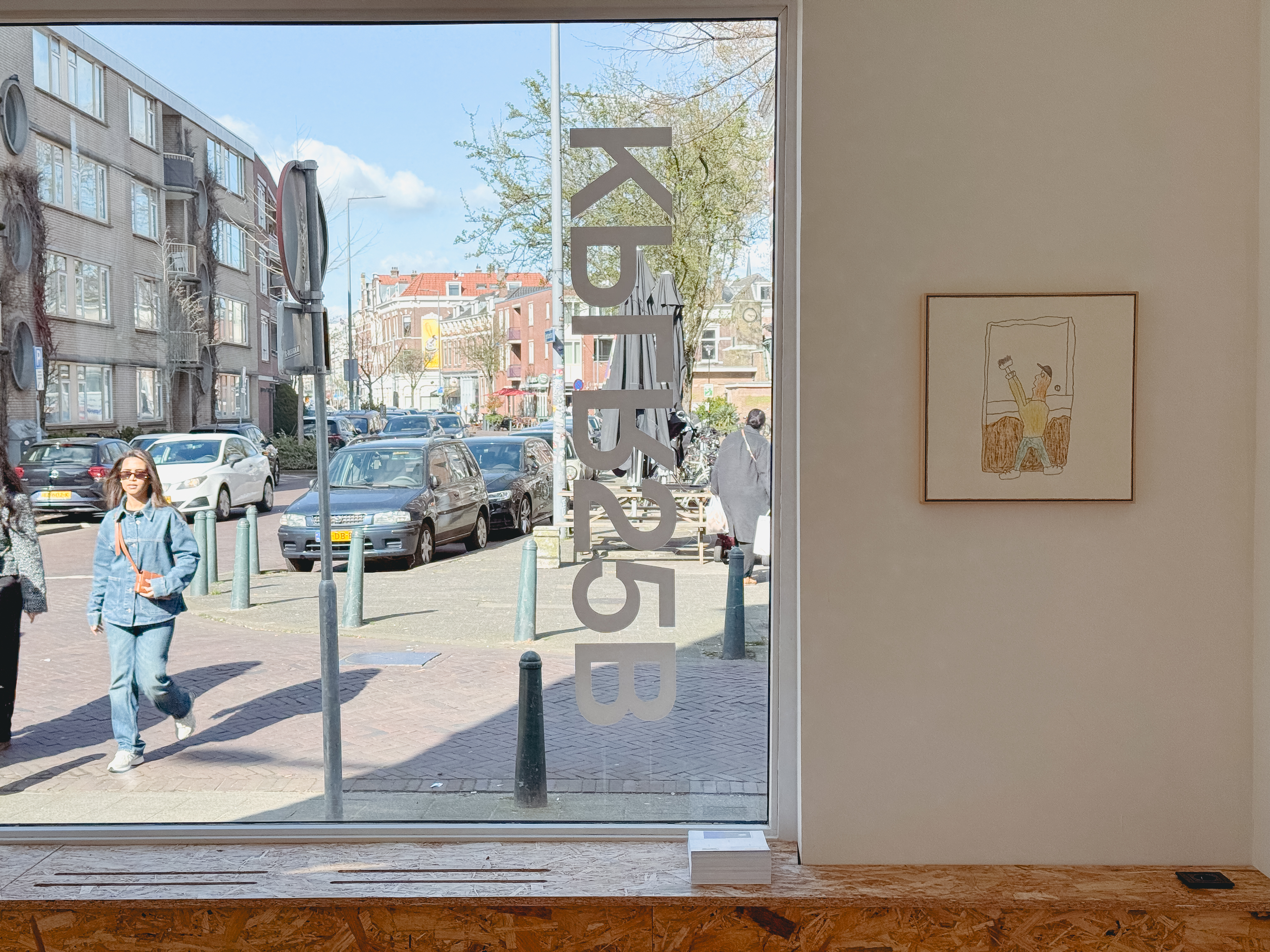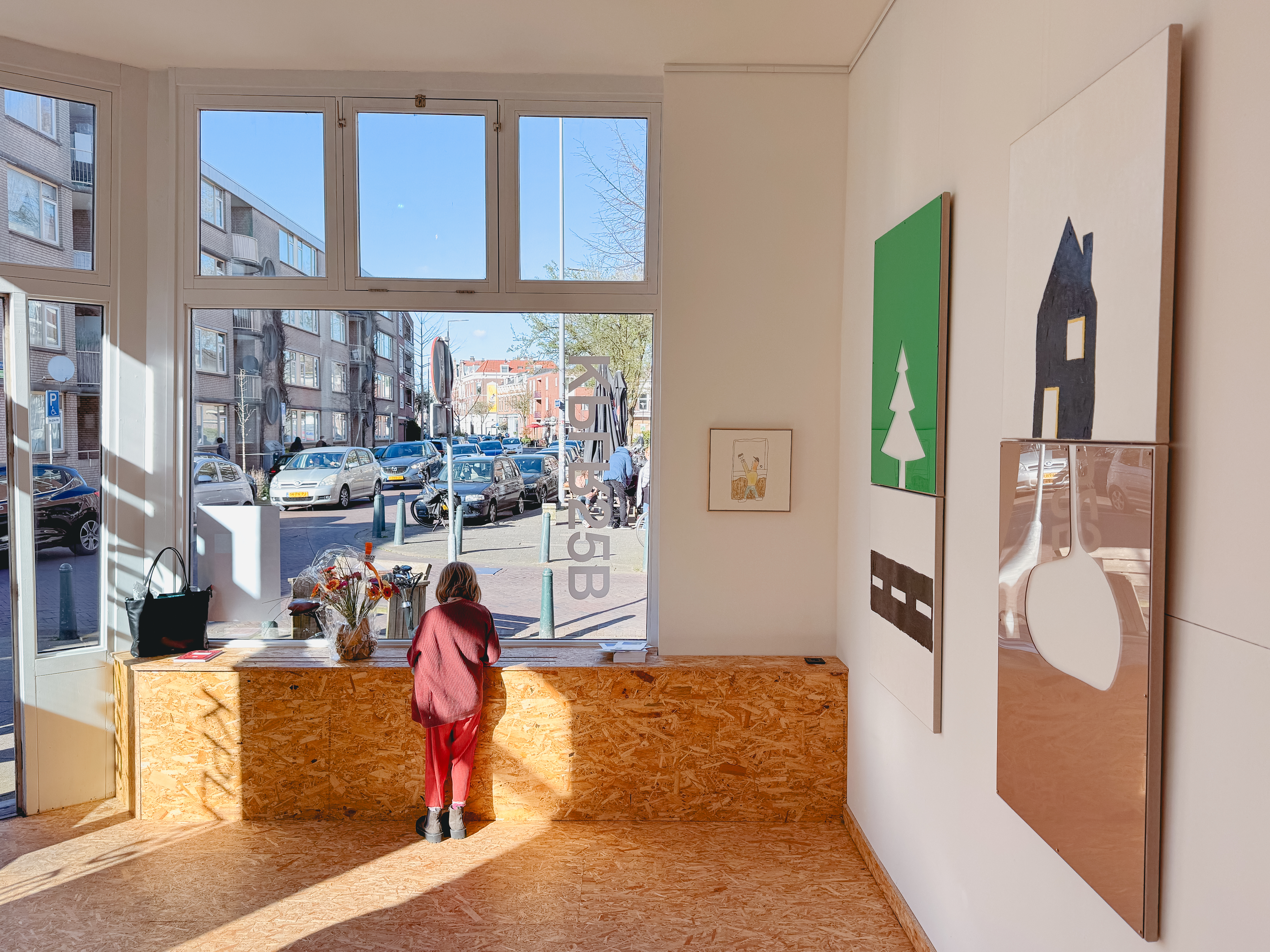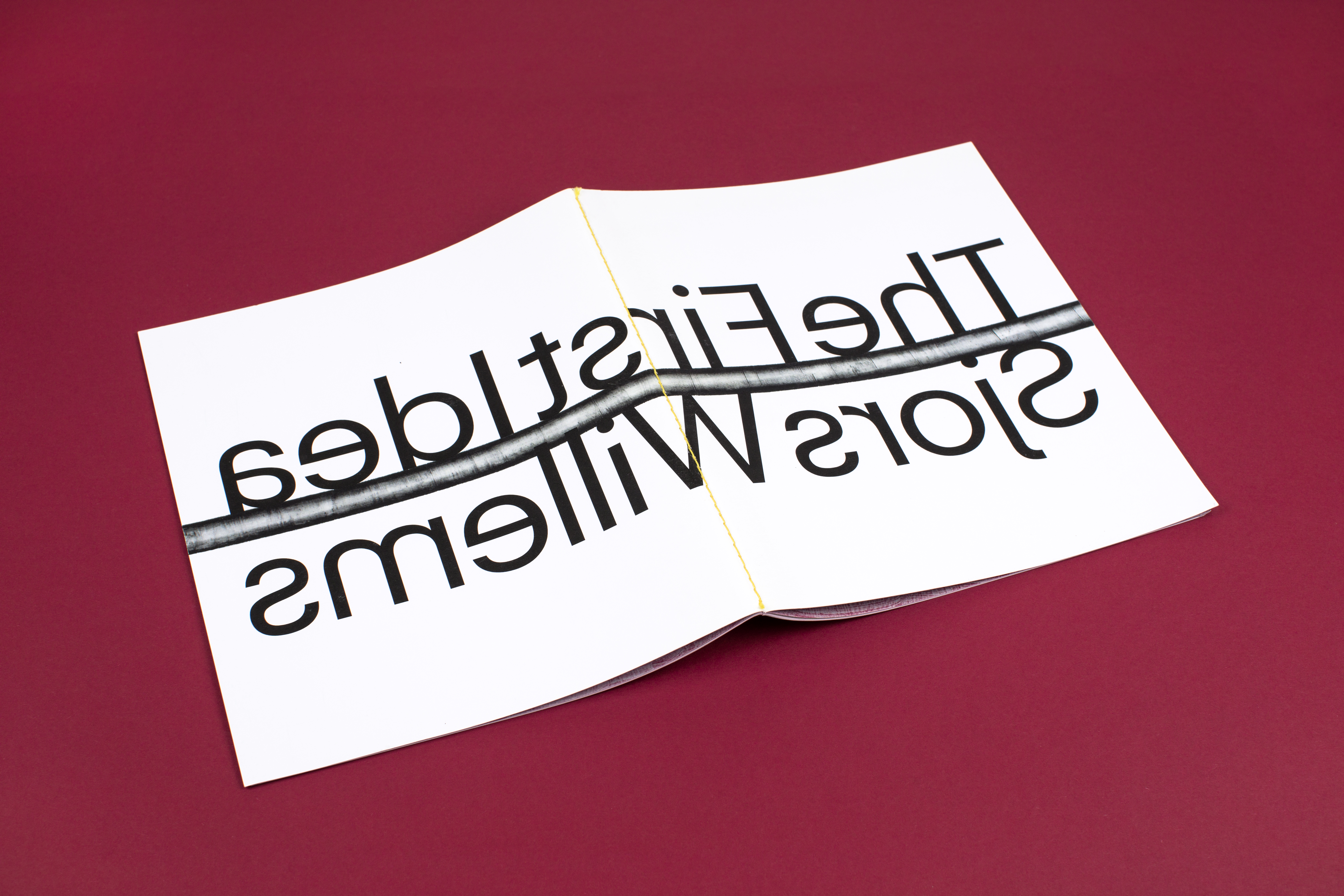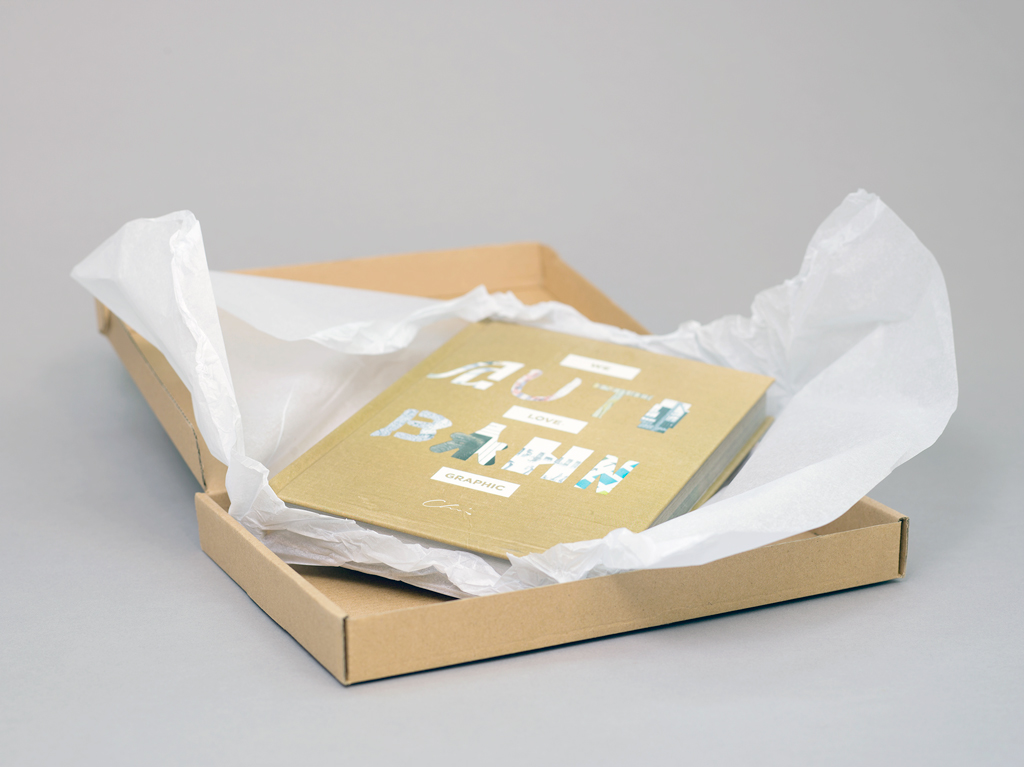↘ KPLR52B
Constellaties van ideeën, mensen en kunst
KPLR52B is de wunderkammer en onderzoeksruimte van Maarten Dullemeijer, Rob Stolte en Tijs Bakker. Wij geloven in de transformerende kracht van gedeelde interesses. Daarom hebben wij een plek opgericht waar wij ruimte bieden aan interessante mensen die als satellieten om ons heen cirkelen. Wetenschappers, klanten, filosofen en kunstenaars wier visies de onze aanscherpen, weerspiegelen of ontkrachten.




↓ PROGRAMMA Huidige en komende events
↗ NOW Geen actueel programma
↘ NEXT
KPLR#03: T.B.A
→ SHOP Shop unieke werken van kunstenaars en inspirerende publicaties
Kijk in onze shop voor unieke kunstwerken, werken in oplage en bijzondere uitgaven.
→ ARCHIEF Bekijk alle exposities

Bekijk in het KPLR52B ARCHIEF alle voorgaande edities.


